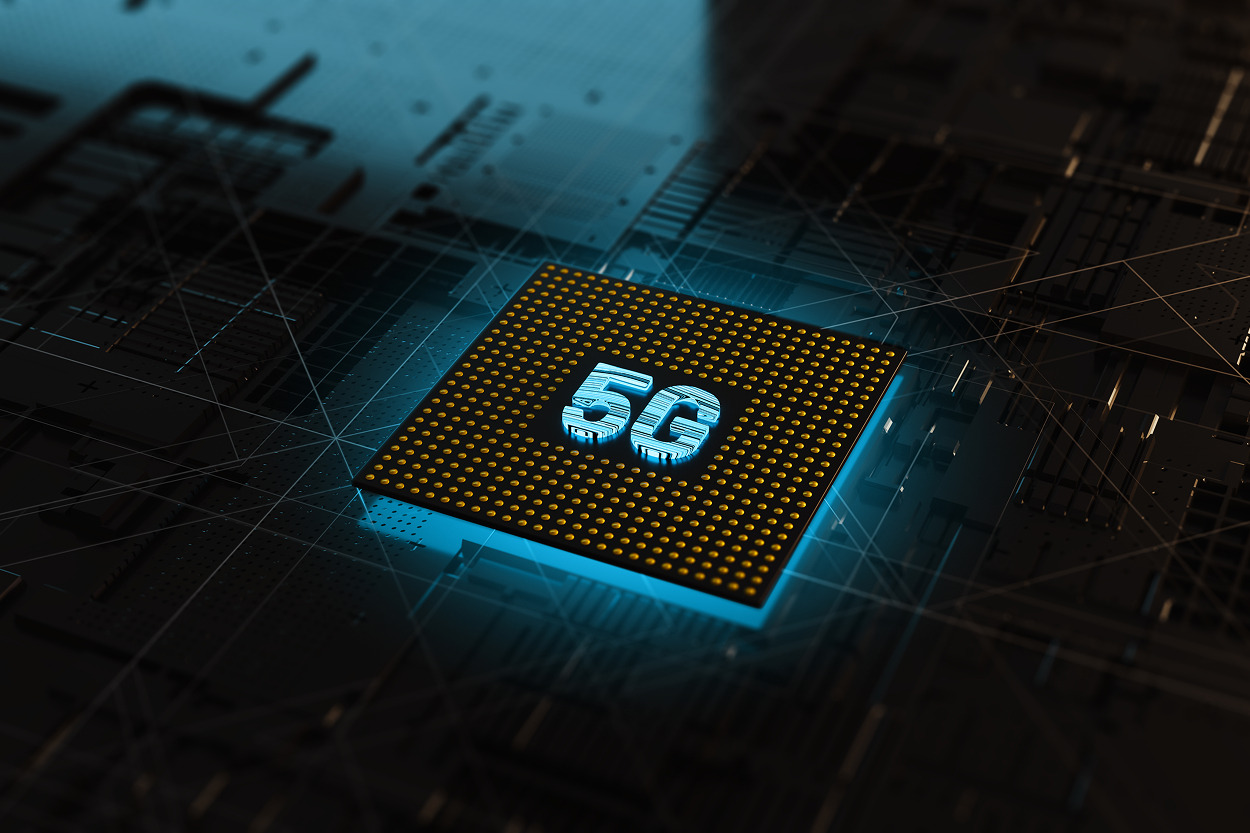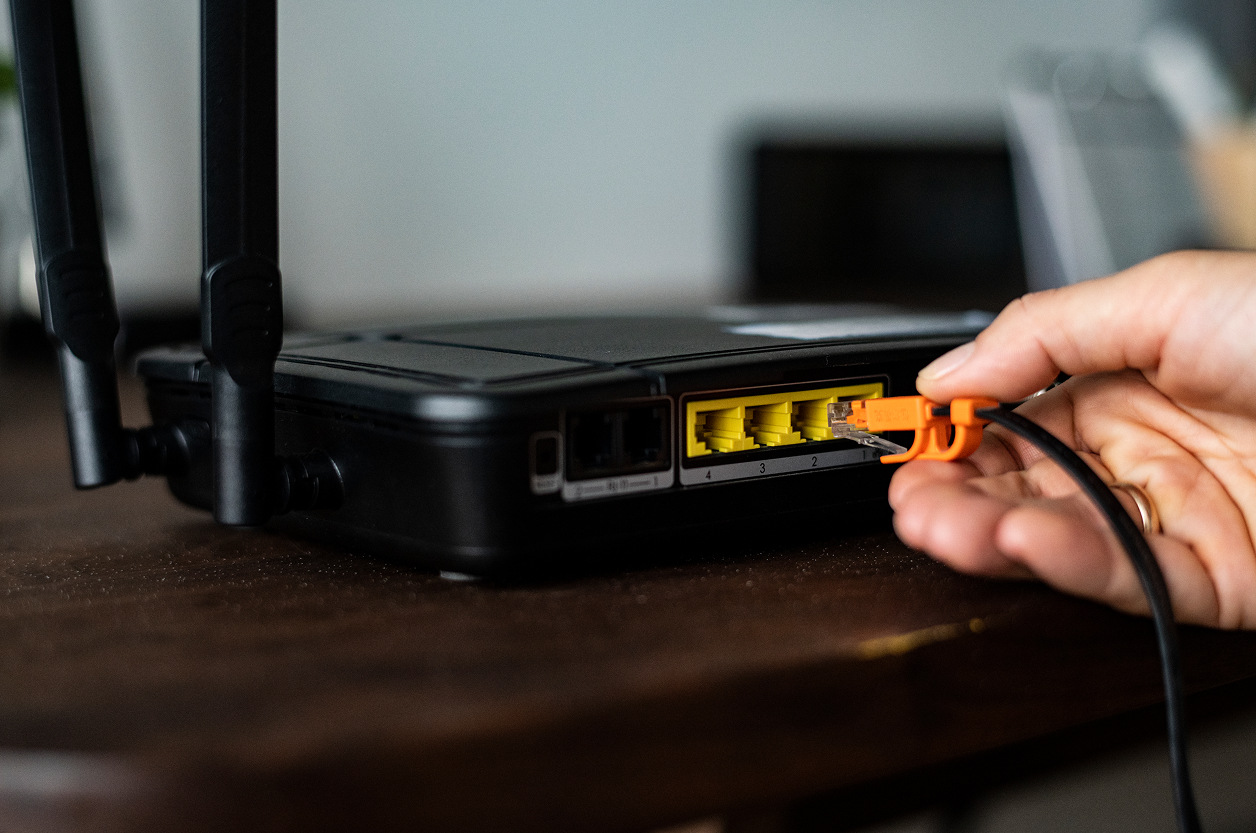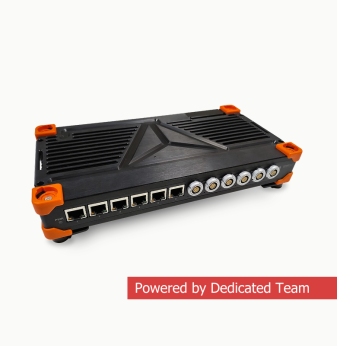Designing 5G Ready Embedded Devices: Architecture & Best Practices for 2025

In 2025, 5G is no longer just a buzzword — it’s a baseline requirement for many embedded devices. Industries from smart cities to healthcare rely on ultra-fast, low-latency, and reliable wireless communication. Integrating 5G into embedded systems demands a fresh approach across hardware, firmware, security, and systems design.
This article explores essential considerations and long-tail user questions:
- How do you architect embedded 5G devices for URLLC and mMTC use cases?
- What RF and antenna design practices ensure mmWave performance?
- How can you balance power consumption and edge-AI when adding 5G?
By the end, you'll have a structured guide for building robust 5G-capable embedded products.
Why 5G Matters in Embedded Systems
5G brings:
- Ultra-low latency (< 1 ms), critical for URLLC (e.g., autonomous control loops)
- Massive device density, supporting mMTC — ideal for IoT sensors
- High bandwidth and network slicing for flexible data plans
- 5G RedCap profiles enabling smaller, low-power devices without sacrificing speed
5G isn't just for mobile — it's essential for embedded solutions that demand speed, reliability, and scalability.
5G Use Cases in Embedded Applications
URLLC Applications
Remote surgery, autonomous robotics, and power grid monitoring all require < 1 ms latency and high reliability.
mMTC Scenarios
Deployments like smart city sensors or agricultural IoT need connectivity for thousands of devices per square kilometer, with low power and modest data rates.
Enhanced Mobile Broadband (eMBB)
High-resolution streaming for drones, AR devices, or video-over-IP systems benefits from 5G’s multi-Gbps bandwidth.
Key Hardware Components & RF Considerations
Antenna & mmWave RF Design
mmWave operation relies on beamforming arrays and precision beam steering. GaN-based RF power amplifiers are gaining popularity for their efficiency and linear performance in 5G setups.
RF Front-Ends & Packaging
Components like filters and duplexers must support mmWave and GHz frequencies. 3D discrete packaging helps meet signal loss requirements.
Transceiver and Baseband Chips
Support for Release 17 features like RedCap enables low-cost, low-power devices without compromising performance.

Power Efficiency & Thermal Management
5G hardware is power-intensive. Strategies include:
- Choosing low-power RedCap modules
- Dynamic hardware duty cycling
- Efficient DC/DC conversion (buck-boost)
- Robust thermal design (heat spreaders and enclosures)
Thermal considerations for high-power GaN PAs highlight the importance of effective thermal junction management.
Firmware & Protocol Stack Integration
Design priorities:
- Modular protocol stacks: layered PHY, MAC, and network software
- Edge-intelligence: combine LTE and 5G stacks with local AI for pre-filtering
- Reliable OTA firmware: dual-bank flash, secure rollback, and disconnected updates
Security and SIM Management
5G includes embedded security features, but embedded contexts may lack secure storage. Solutions:
- Firmware-based SIM management (eUICC) and secure enclaves
- Policy-driven encryption and OTA logic
- Compliance with standards such as 3GPP Release 17 RedCap, IEC 62443, and NIST Embedded Security
Testing & Verification Strategy
Important phases:
- RF/OTA lab tests: validate frequency response and beam patterns
- Embedded functionality: test network file transfers, latency, and failsafe recovery
- Interoperability: ensure RedCap and carrier-specific compatibility
- Pre-/post-silicon validation using hardware emulation models
LongTail Questions & Answers
How to architect a 5G embedded board for ultra-low latency use?
Use 5G modules with URLLC support, short antenna traces, RF ground isolation, and local MCU handling jitter.
What is RedCap, and why is it needed?
5G Release 17 RedCap removes bulky features to enable smaller, efficient devices that retain key 5G benefits.
How to manage power and heat in outdoor 5G sensors?
Employ internal battery banks, sleep scheduling, thermal vias, and possibly heatsinking for GaN power amplifiers.
Strategic Recommendations for 2025 Upgrades
- Choose modular 5G modules with URLLC and RedCap support
- Collaborate with RF partners for mmWave design and certification
- Prioritize power-aware block-level design
- Secure firmware with OTA and eUICC
- Integrate hardware emulation in your CI/CD chain
- Plan carrier certification early (3GPP, FCC, CE)
Future Outlook
- RedCap proliferation: modules built specifically for embedded use
- Convergence: 5G + Wi-Fi 7 combo devices
- Integrated RedCap AI platforms: edge machine learning with 5G
- Road to 6G: prototypes expected around 2028, early research already underway
Conclusion
5G integration into embedded devices requires a systems-level approach — from RF engineering to firmware, security, and testing. By 2025, this isn’t optional — it’s essential. Promwad offers turnkey design for 5G-enabled embedded products, ensuring full compliance and future-readiness.
Ready to build your next-generation 5G device? Contact Promwad to architect, prototype, and certify your solution.
Our Case Studies








